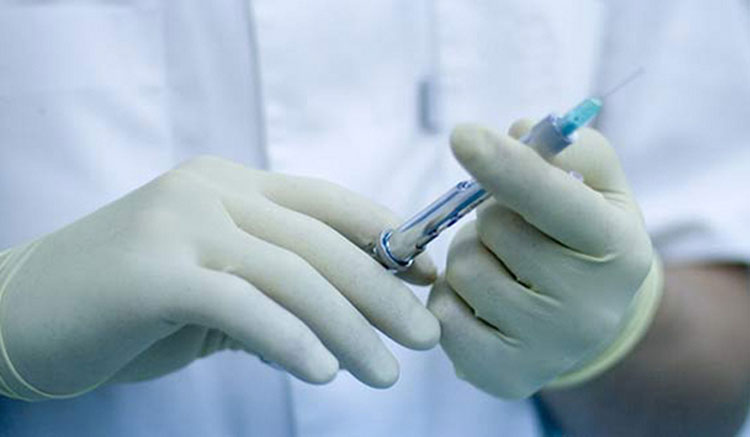Missing Whooping Cough Shot Boosts Kids' Disease Risk

Young children who miss some of their whooping cough shots, or receive the shots late, are at an increased risk of catching the disease, a new study suggests.
Among children ages 3 months to 3 years, those who missed three or four of the five shots in the series, or received the shots late, were 18 to 28 times more likely to be diagnosed with whooping cough (also called pertussis) than those who were up to date with their vaccinations, the study found.
The findings suggest that so-called undervaccination (missing vaccine doses or receiving them at least a month late) is an important contributing factor to the current whooping cough outbreak in the United States, which is the largest in 50 years, the researchers said.
The findings highlight the effectiveness of the vaccine for young children, and the importance of getting vaccinations on time, said study researcher Jason Glanz, a senior scientist at Kaiser Permanente's Institute for Health Research in Denver.
"When parents are concerned about the safety of vaccines and they choose not to get the vaccines on time … these data show that there's a high risk of contracting the disease," Glanz said. [5 Dangerous Vaccination Myths]
Previously, Glanz and colleagues showed that about half of U.S. children ages 2 months to 2 years were undervaccinated for one more vaccines.
In the new study, the same group of researchers focused on the pertussis vaccine, which is a component of the diphtheria, tetanus toxoids and acelluar pertussis (DTaP) vaccine. Young children receive a series of five DTaP shots at ages 2, 4 and 6 months, 15 to 18 months, and 4 to 6 years old.
Get the world’s most fascinating discoveries delivered straight to your inbox.
The new study involved 72 children born between 2004 and 2008 who were diagnosed with pertussis, and 288 healthy children of a similar age who did not catch pertussis. The researchers determined how many of the children in each group received their pertussis shots on time, and how many were undervaccinated.
About 47 percent of children diagnosed with pertussis were undervaccinated, compared with 22 percent of healthy children.
The researchers estimated that about 36 percent of pertussis cases among children in this age group could have been prevented with one-time pertussis vaccination.
There are many reasons why children don't receive their shots on time, including barriers to health care, and whether parents choose to get their children vaccinated, the researchers said. In the new study, parent refusal was the reason for undervaccination in about 30 percent of the kids who contracted the bacterial infection.
The researchers noted that the study did not take into account some factors that may increase the risk of catching pertussis (as well as being undervaccinated), such as attending day care, or having teenagers in the household.
Cases of whooping cough have been on the rise in recent years, and in 2012, the number of U.S. cases soared to more than 48,000 — more than any year since 1955. Data so far from 2013 suggest there will be fewer cases of whooping cough in the U.S. this year, although the state of Texas is reporting an increase in cases.
There are likely many reasons for the U.S. outbreak, including increased testing and diagnosis of the disease, and the fact that protection against pertussis from the current version of the vaccine, introduced in 1997, appears to wane more quickly than the previous version.
The study is published in the Sept. 9 issue of the journal JAMA Pediatrics.
Follow Rachael Rettner @RachaelRettner. Follow LiveScience @livescience, Facebook & Google+. Original article on LiveScience.

Rachael is a Live Science contributor, and was a former channel editor and senior writer for Live Science between 2010 and 2022. She has a master's degree in journalism from New York University's Science, Health and Environmental Reporting Program. She also holds a B.S. in molecular biology and an M.S. in biology from the University of California, San Diego. Her work has appeared in Scienceline, The Washington Post and Scientific American.


